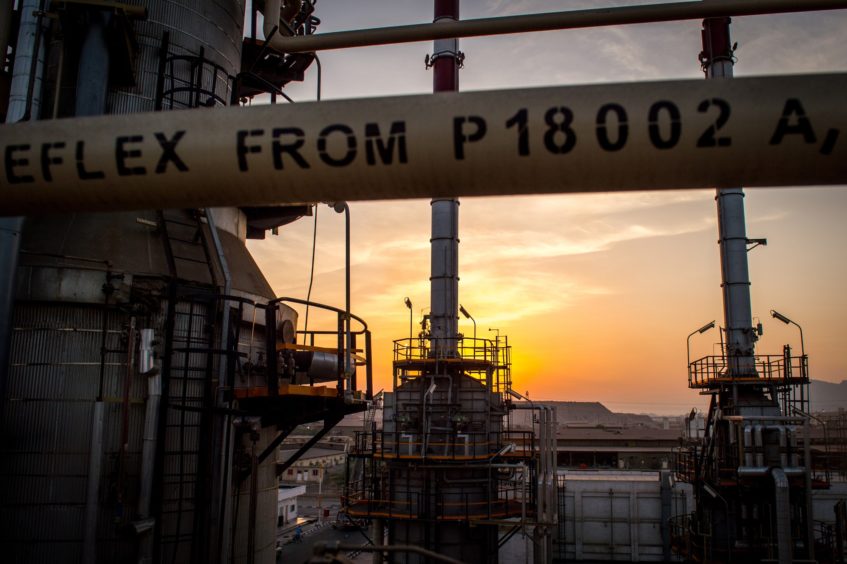
The OPEC+ alliance is poised to extend production cuts into 2020 as the world’s leading oil exporters fret about a weakening outlook for global demand growth and the relentless rise in output from America’s shale fields.
Iran became the latest OPEC member to back an extension of as long as nine months after the leaders of Russia and Saudi Arabia, the dominant members in the alliance, settled on the proposal during the G-20 meeting in Japan. Oil rose the most in more than a week.
Asked whether he supported the plan as he arrived for OPEC’s meeting on Monday, Iranian oil minister Bijan Namdar Zanganeh said, “I don’t have any issue.”
Originally envisioned as a short-term fix in 2017 to drain excess global stockpiles, the decision to keep rolling the cuts forwards shows the challenge of controlling the oil market in the age of shale. While the strategy has succeeded in raising prices, OPEC’s share of the global oil market has fallen to the lowest since 1991.
The oil market responded positively to the prospect of an extension, as well as the truce in the China-U.S. trade war. Benchmark Brent crude oil future rose as much as 2.9 percent to $66.63 in London trading.
Oil ministers from the Organization of Petroleum Exporting Countries and its allies will hold a series of meetings Monday and Tuesday in Vienna to fix production policy. Saudi Arabia and Russia are usually able to steer the alliance toward their preferred strategy.
By pushing to extend the cuts until March 2020, Saudi Arabia is trying to avoid cliffhanger meetings, when the group gathers only days — or even hours — before a round of curbs expire, according to an OPEC delegate briefed on the strategy. OPEC will meet before the end of the year, perhaps in December, giving the cartel a cushion of several months between its next meeting and the end of the agreement.
For Moscow, there’s an extra incentive to extend the curbs by nine months as Russian oil companies struggle to raise production over the winter. By extending the deal into 2020, Russia could be in a better position to pump more during the spring of next year.
The International Energy Agency and other market watchers have pegged back forecasts for demand growth in recent months as China and India, the twin engines of global energy consumption, didn’t grow as fast as originally expected. At the same time, American shale production has set fresh records, putting the U.S. on the brink of becoming a net oil exporter.
“The market is going to like the nine months extension,” said Mohammad Darwazah, oil analyst at consultant Medley Global Advisers, who’s in Vienna monitoring the oil talks. “Everyone now is realizing that in 2020 supply growth will exceed demand growth. And the Saudis and the Russians are trying to get ahead of that situation.”